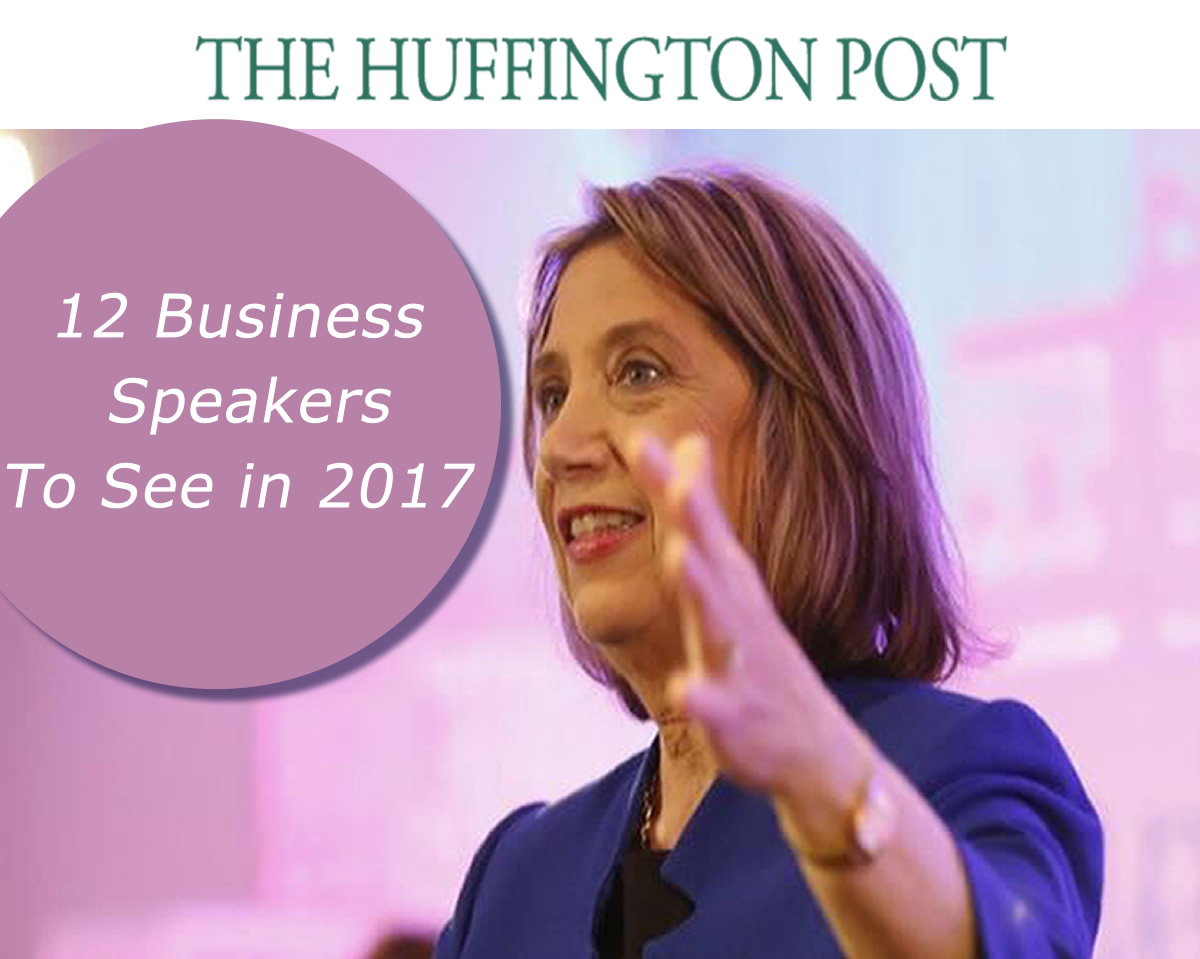Today we have the real pleasure of hearing from Simon Mainwaring, author of the New York Times best-seller We First and the social branding specialist who has created marketing campaigns for brands like Nike, Coca-Cola, Toyota and Motorola. I had the chance to ask Simon for his insights on how to be an effective social brand.
Question 1: Why must a brand be social?
Firstly, thank you Cheryl for giving me a chance to speak to your community. I’ve enjoyed your blog posts, and Mark’s, for a long time, and really welcome the chance to chat about this important topic. As for your question, it is absolutely critical to be a social brand today if you want to do well in the social business marketplace. This is due to the simple fact that the market has moved on. In the early 90’s, we saw the arrival of the web, with some companies moving online and enjoying a first mover advantage. The same is true with social media today. You only need to look around in your own life and see the amount of advertisements from the world’s largest brands that now feature social buttons that connect customers to their brand pages on Facebook, Twitter or Google+. Or look at the people around you in your own life, and how dependent they are on their smartphones and how much time they spend on social networks like Facebook. These two observations alone reveal how important social marketing has become. So if you want to reach your customers where they are, you need to accept that they are spending time on the web, using their smart phones and, in particular, sharing their lives across social media channels. This means you need to develop the fluency and skills that make your brand an effective social media communicator. This includes the ability to inspire customer engagement, especially over the long term, and this is what it means to be an effective social brand.
Question 2: Why is it important for companies to do this now?
I’ve touched on the fundamental shift towards social media that we’ve all experienced in our own lives. But more than that, we’ve reached a point of mass adoption where the large majority of people on the web also have a social media presence. At the same time, the majority of large brands, whether it is Coca-Cola, Nike, IBM, Dell, or Starbucks also have a substantial social media presence. For instance, Coca-Cola has over 50 million Facebook fans now. And every one of these brands can sell products and services directly within their brand pages. In fact, the amount of time people spend surfing the web on their mobile phones has actually surpassed the amount of time they spend surfing on their desktops. All of this is very important because what I’m describing is the powerful intersection between the amount of people on the web, the amount of people with smart phones and the amount of people using social media. So your business will live or die in the next five years based on your ability to connect socially with your customers through their smart phones in ways they like to relate with your brand. And it’s the coincidence of these powerful trends that means we’ve reached a point where you have to become a social brand if you want to survive, compete, and hopefully lead the marketplace.
Question 3: So what story must a brand tell its customers using social media channels?
That’s an excellent question because too many marketers, large and small, rush past defining their brand story because they are in a hurry to tell that story using their social media channels. So, in terms of what story to tell, there are three things every brand must do. Firstly, they must define what they stand for. A brand needs to define what it cares about so it can connect with customers around shared values and a common purpose. Secondly, it must integrate that story within the company and its employees. One of the greatest mistakes companies make is to tell their customers what they stand for while their employees have no idea. This then creates a disconnection between what the company says it stands for and the customer’s experience. Thirdly, the company must co-create its products and services with its employees and customers. Social media has made marketing into a two-way dialogue, in which case, customers want to talk to companies about their brands, products, and services. More than that, they want to play a role in the marketing. So by embracing these three steps, a company can define its story, ensure that it’s integrated internally and work collaboratively with its employees and customers to ensure that social media works in the company’s favor.
Question 4: How do you build a customer community that grows your business with you?
This question is so important because many brands treat social media as just another broadcast channel where they talk about themselves to others. But what they fail to realize is that if you connect deeply with your customers on an emotional level they will become ambassadors for your brand—they will effectively operate as your marketing and PR because they believe in what you’re doing. Lady Gaga and Apple are two popular examples. In order to achieve this, the most important place to start is by defining your company’s purpose. But building a self-sustaining community involves more than that. The company has to demonstrate a deep and authentic commitment to that purpose. So, whether it is in the form of contributions to a cause that are in alignment with the core values of that brand, or whether the way the company make its products, or how the employees and the CEO of the company acts, they should all be consistent with the purpose and values they serve. So, one of the unexpected consequences of social media has been this new demand for transparency, authenticity and accountability by brands. And you only need to look at the customer pushback and corporate back downs in relation to Bank of America, Verizon and Netflix to see this dynamic at work, in which customers are telling a brand what they want in exchange for their support.
Question 5: So how do you master social media platforms, strategies, and tools to scale your reputation, profits, and social impact?
This is obviously a complicated question but I will give you three key points. Firstly, you have to start by listening to what your customers are saying and what they want from your brand. Fortunately there are so many ways to do this from free tools like Google Alerts, or TweetDeck or HootSuite through to the sophisticated enterprise-level platforms like Radian6 or Sysomos that offer you very granular data about what’s being said about your brand. Secondly, you have to develop a fascination with emerging social technologies. One of the most striking shifts in the marketplace has been the rapid pace of change, and that’s partly due to the fact that technology is being released directly to their consumers. This means brands have to keep up with your customers and the technologies. Finally, you have to commit to being your own compass in a fast-changing market place. The quickest way to feel overwhelmed is to try to second-guess what your competitors will do. Instead, you need to define the authentic purpose of your own brand and commit to that. Because only then can that serve as your compass as new technologies, new marketplaces, and new competitors emerge.
Cheryl: Thank you so much, Simon. This has been great and I know that you’re releasing a new social branding training program for the first time to show people how the smartest marketers in the world are using social media to build their reputations, profits and social impact. Can you tell us a little bit about that?
Simon: Thanks, Cheryl, yes. As someone who works directly with large and small brands helping them make this shift, I felt there was a great need to provide affordable training that shows companies of all sizes how super smart brands like Nike, Coca-Cola and Starbucks use social media to build their businesses. So this week we are launching the We First Social Branding Blueprint, and we are doing a very special offer for your blog. Not only does everyone who buys the program get an extra access pass to give to his or her favorite non-profit –- so you get to make a great contribution — but you also get two tickets to the We First Social Branding Seminar in February 2013. So, it’s incredible value around a critical business topic that’s only getting more important to your business.
Cheryl: Thanks, Simon and if you’d like to get this invaluable insights and training from Simon, click here now. Thanks for your time and for the special offer.
















Not sure why no one has left amazing kudos for Simon here. I am so excited for the validation Simon has provided me and am going to reference his remarks/with credit to you both for my presentation I’m building for next week on social media for a university level E-MBA program.
“Your business will die in the next five years if…”
Excellent.